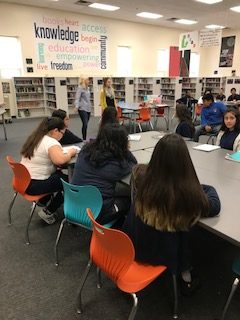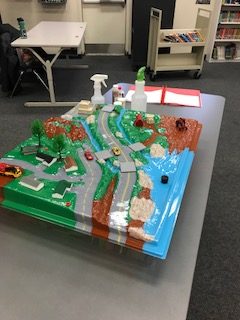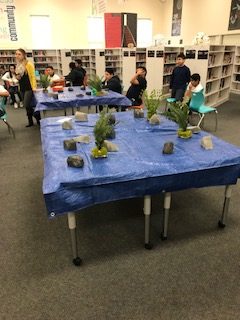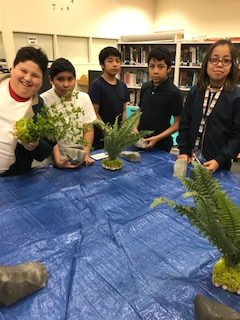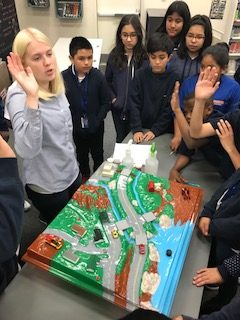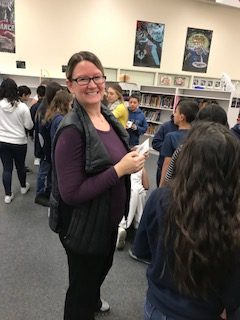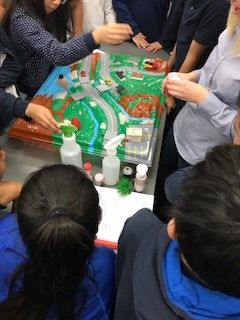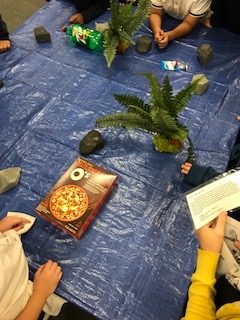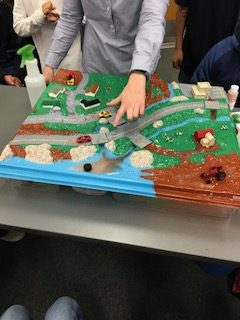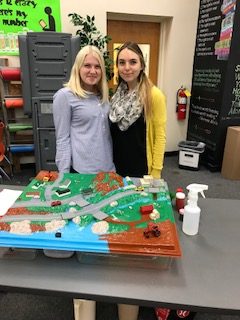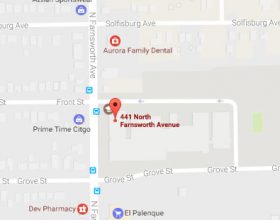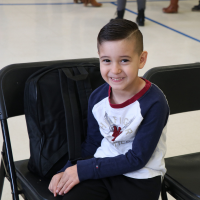
Registration is openRegistration is open
Registration for the 2024-2025 school year is now available to students. Whether you're new, returning, or enrolling a kindergartener, please visit www.d131.org/register to complete the registration process.La inscripción de estudiantes ya está abierta para el año escolar 2024-2025. Visite www.d131.org/register para registrar estudiantes nuevos, que regresan y de Kínder.
- 2023-2024 School Year2023-2024 Año Escolar
- E-Learning PlanPlan de aprendizaje remoto (E-Learning)
- Family COVID-19 Medical Resources (Eng-Span)Recursos médicos para la familia COVID-19 (Ing-Esp)
- School CalendarCalendario escolar
- TransportationTransporte
- School Supply ListsLista de útiles escolares
- Weather Related Closings & DelaysCierre y demoras debido al clima
- Google Training and Resources For ParentsEntrenamiento y recursos de Google Para Padres
- Google Training and Resources for TeachersEntrenamiento y recursos de Google para maestros
- Medical Exemption Form (Eng-Span)Formulario de exención médica (Ing-Esp)
- School HoursSchool Hours
- School MealsAlimentos escolares
- Student RegistrationInscripción para estudiantes
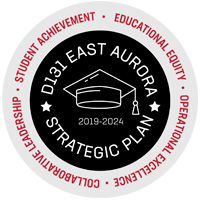
Our five-year strategic planNuestro plan estratégico de cinco años
East Aurora School District 131 has a new mission, vision, and five-year strategic plan. East Aurora School District 131 tiene una nueva misión, visión y un plan estratégico de cinco años.

Registration is openRegistration is open
Registration for the 2024-2025 school year is now available to students. Whether you're new, returning, or enrolling a kindergartener, please visit www.d131.org/register to complete the registration process.La inscripción de estudiantes ya está abierta para el año escolar 2024-2025. Visite www.d131.org/register para registrar estudiantes nuevos, que regresan y de Kínder.

Registration is openRegistration is open
Registration for the 2024-2025 school year is now available to students. Whether you're new, returning, or enrolling a kindergartener, please visit www.d131.org/register to complete the registration process.La inscripción de estudiantes ya está abierta para el año escolar 2024-2025. Visite www.d131.org/register para registrar estudiantes nuevos, que regresan y de Kínder.

Join us for our Board MeetingJoin us for our Board Meeting
Our Board of Education meetings take place the first and third Monday of each month at 7:00 p.m. Please join us!Nuestras reuniones de la Junta de Educación se llevan a cabo el primer y tercer lunes de cada mes, a las 7:00 p.m. Por favor únase a nosotros!

Join us for our Board MeetingJoin us for our Board Meeting
Our Board of Education meetings take place the first and third Monday of each month at 7:00 p.m. Please join us!Nuestras reuniones de la Junta de Educación se llevan a cabo el primer y tercer lunes de cada mes, a las 7:00 p.m. Por favor únase a nosotros!

Our five-year strategic planNuestro plan estratégico de cinco años
East Aurora School District 131 has a new mission, vision, and five-year strategic plan. East Aurora School District 131 tiene una nueva misión, visión y un plan estratégico de cinco años.

Join us for our Board MeetingJoin us for our Board Meeting
Our Board of Education meetings take place the first and third Monday of each month at 7:00 p.m. Please join us!Nuestras reuniones de la Junta de Educación se llevan a cabo el primer y tercer lunes de cada mes, a las 7:00 p.m. Por favor únase a nosotros!
- Aries "Jaybird" Gonzalez Child CenterAries "Jaybird" Gonzalez Child Center
- Early Childhood CenterEarly Childhood Center


